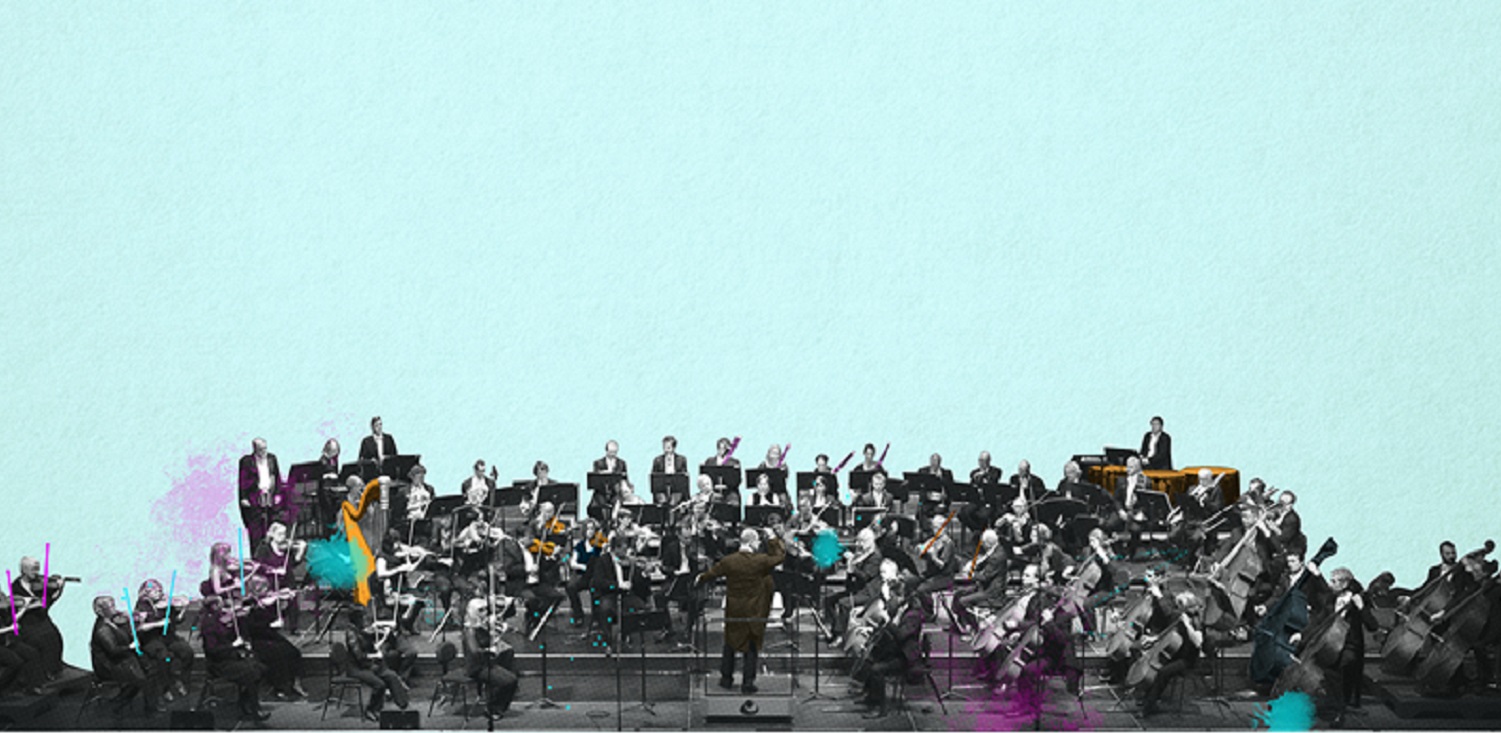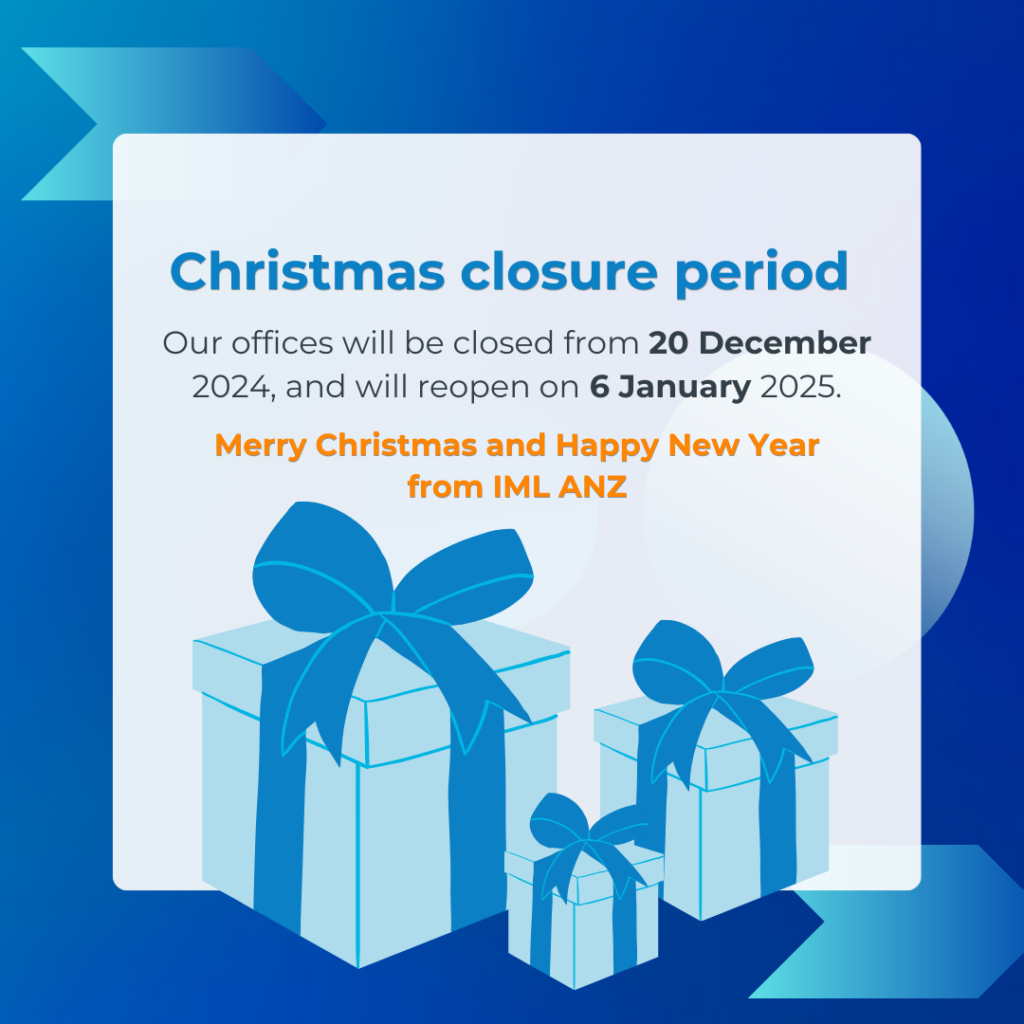By Vincent Ciccarello, Managing Director, Adelaide Symphony Orchestra
For decades, leadership and management literature has pointed to the relationship between the conductor and members of a symphony orchestra as a commendable paradigm of organisational teamwork, collaboration and the alignment of resources to a common vision.
But when it comes to implementing creativity, an orchestra is actually more akin to a team of elite athletes: spectators (the audience) may long for flashes of individual brilliance (for example, a breathtaking solo) but, at the end of the day, it’s the ability of the team to execute the game-plan (score or composition) as envisioned by the coach (conductor) that really matters.
Similarly, the sporting team’s coach and players, and the orchestra’s conductor and musicians, must ultimately deliver performances in line with goals and strategies set by the Board and management.

The sporting analogy doesn’t end there: most sporting teams and orchestras have a well-established hierarchy and leadership group; and there are the expectations of a host of internal (staff, volunteers) and external stakeholders (fans, subscribers, sponsors) to consider.
It is the primary responsibility of the leadership of these organisations to create the conditions and environment for peak performance – through the recruitment and retention of the right people to the right roles; by making available the necessary physical resources; developing a strong organisational culture; the careful management of workload and injuries; and so on.

Fostering a climate of trust and excellence encourages individuals to realise their potential; but, in reality, sporting teams and orchestras must demonstrate an extraordinary collective discipline to succeed. A champion team will always beat a team of champions…
Symphony orchestras primarily exercise creativity through the music they choose to perform, the composers they choose to commission and in the way they respond to the conductors they choose to lead them.
In most cases, this is a consultative and collaborative process, in which the musicians – collectively or through their representatives – have a voice in the orchestra’s artistic program and ambitions.
It’s a process that usually starts with the orchestra’s senior management and chief conductor but it’s not entirely straightforward. It requires a vision for the business, the ability to clearly articulate it and the skills to build a case to bring people along with you; while at the same time being open to the aspirations of the team, being willing to listen to feedback and recognising that not all of the company’s knowledge, history and wisdom – or even good ideas – reside in the C-suite.
In order to balance the artistic health of the playing group with the organisation’s commercial imperatives, a long-range view is required – and that means no matter what happens on the stage or on the field, for the leadership team, it’s not enough to take it one week at a time.
 Vincent Ciccarello will be speaking at our Adelaide TEL event ‘Lifting the Curtain on Leadership in Arts and Entertainment’ on the 23rd of August 2017.
Vincent Ciccarello will be speaking at our Adelaide TEL event ‘Lifting the Curtain on Leadership in Arts and Entertainment’ on the 23rd of August 2017.
Book Now to hear more from Vincent and others about what is needed for leadership in the arts today.



